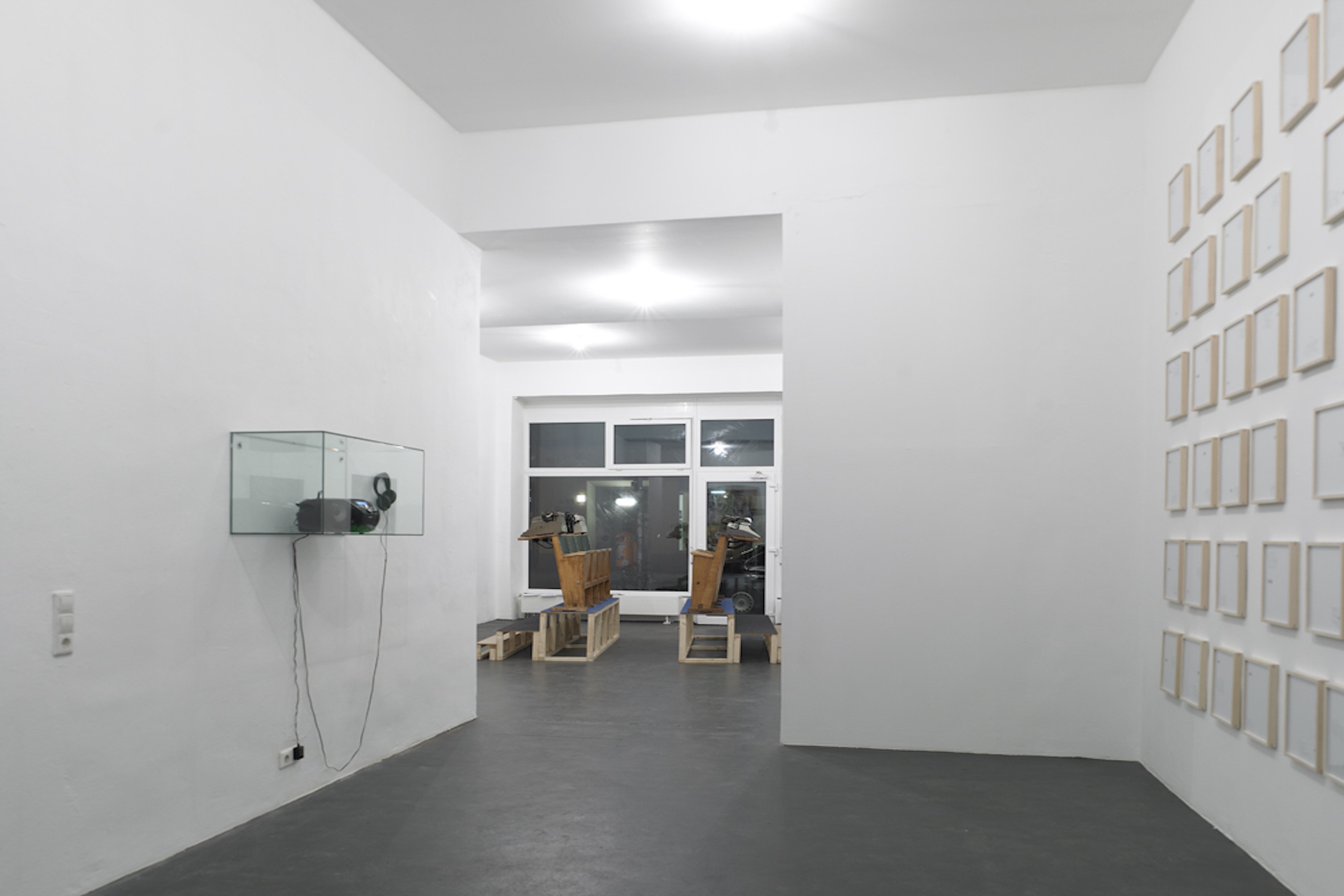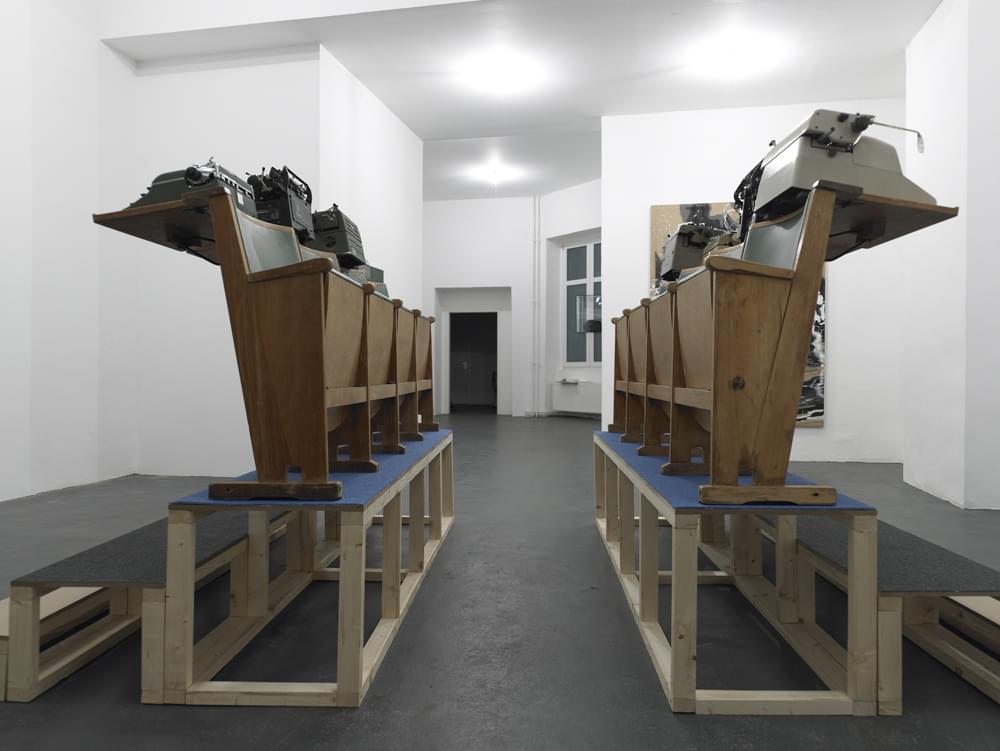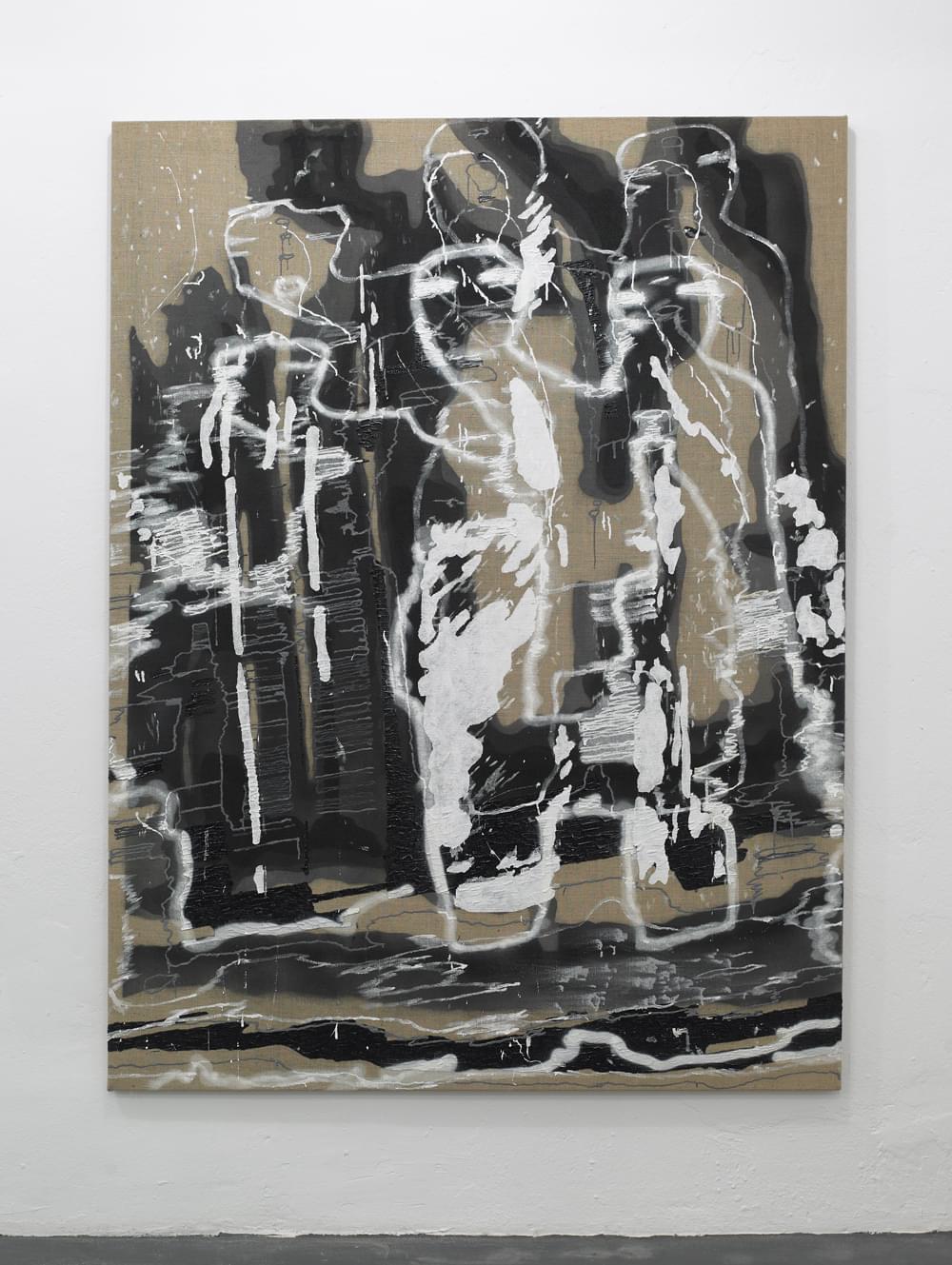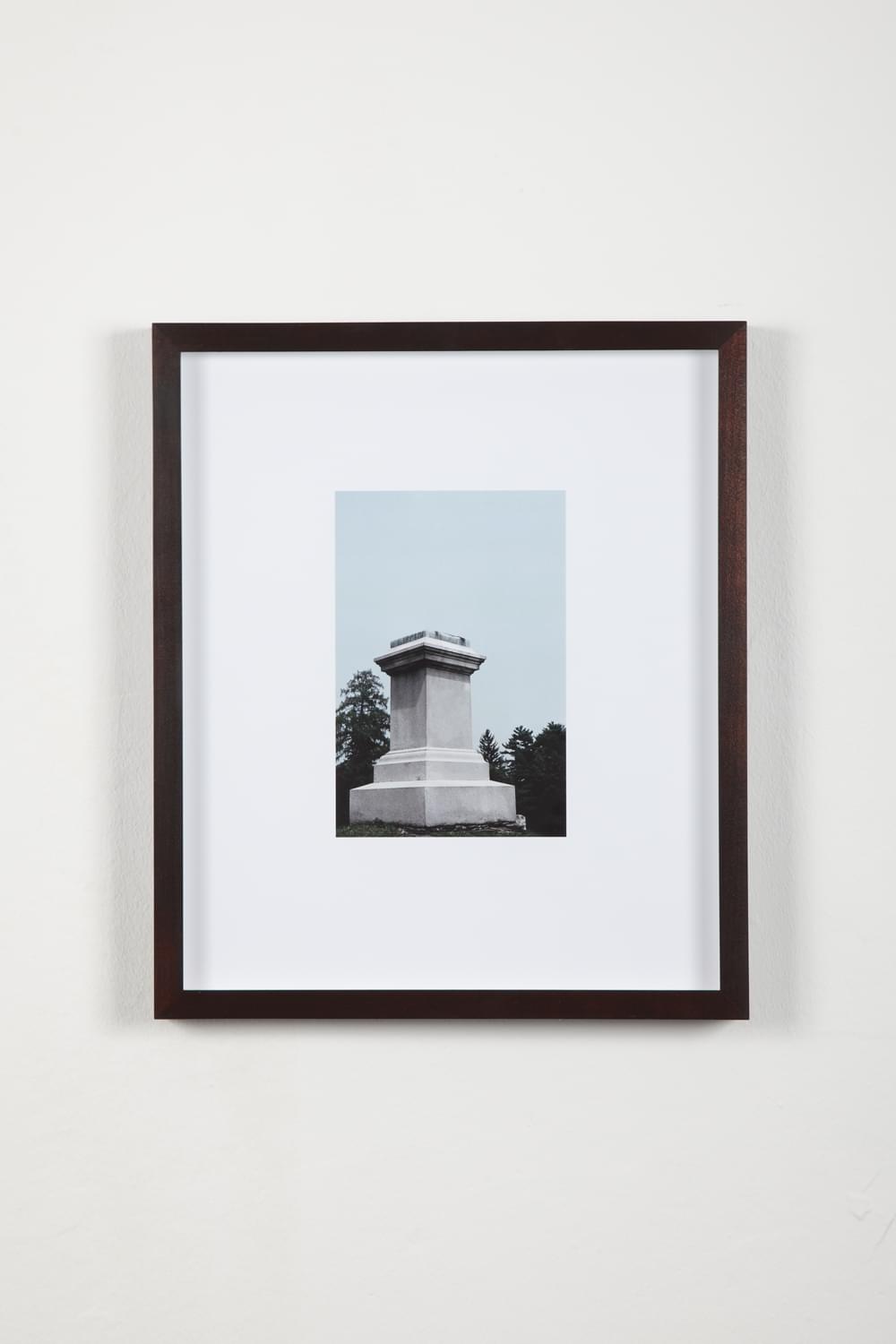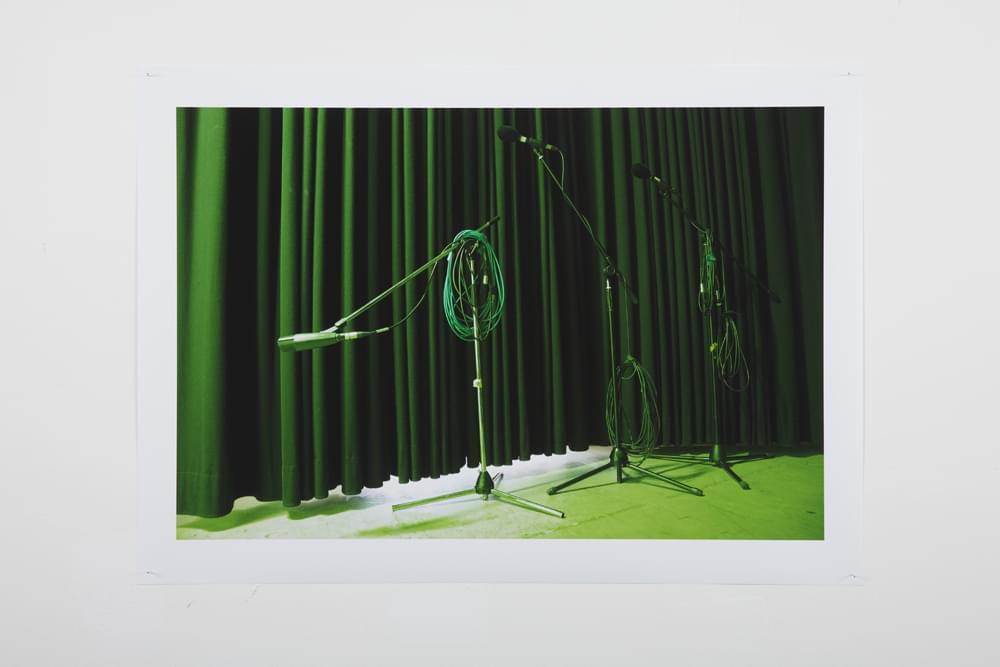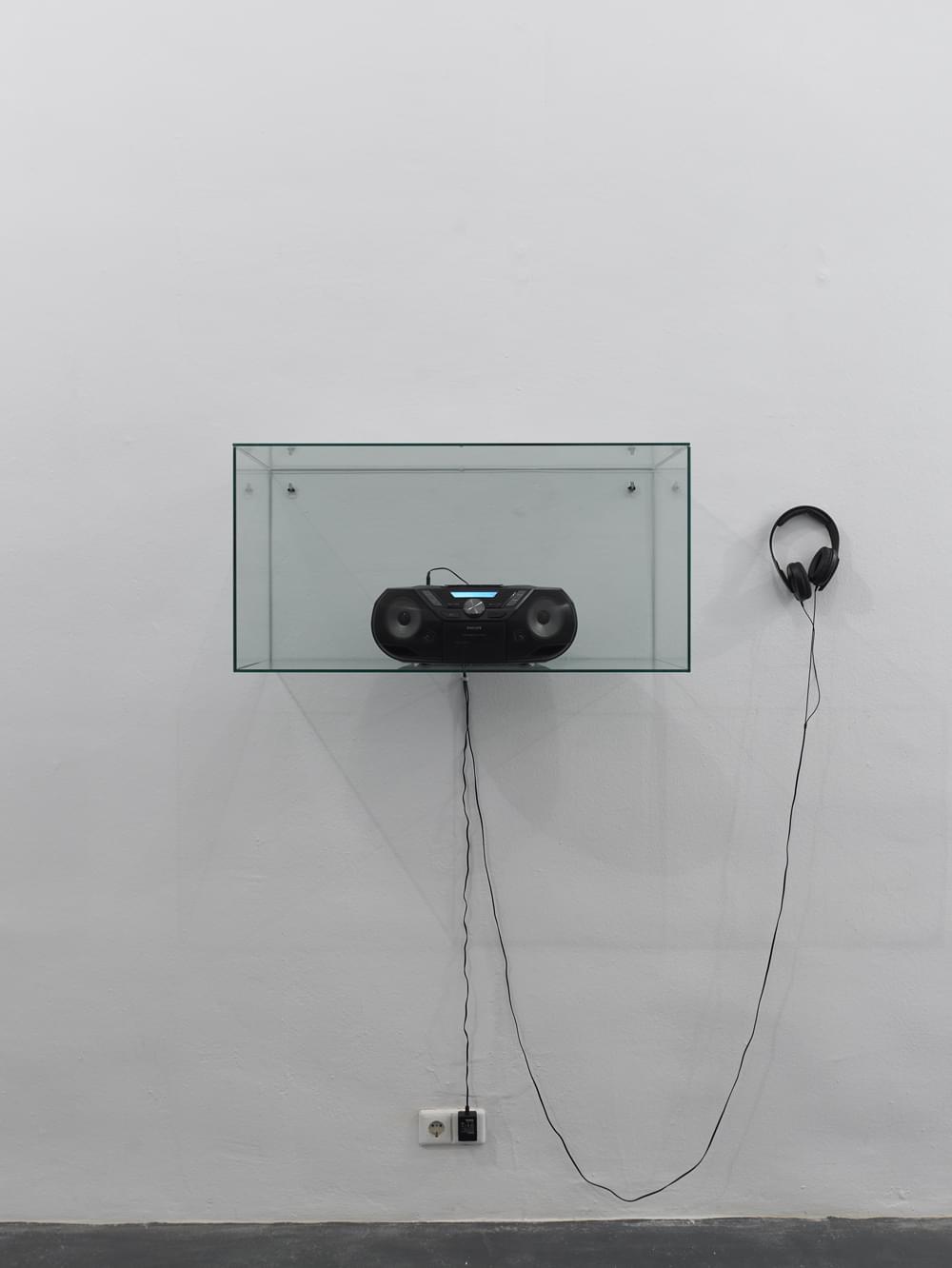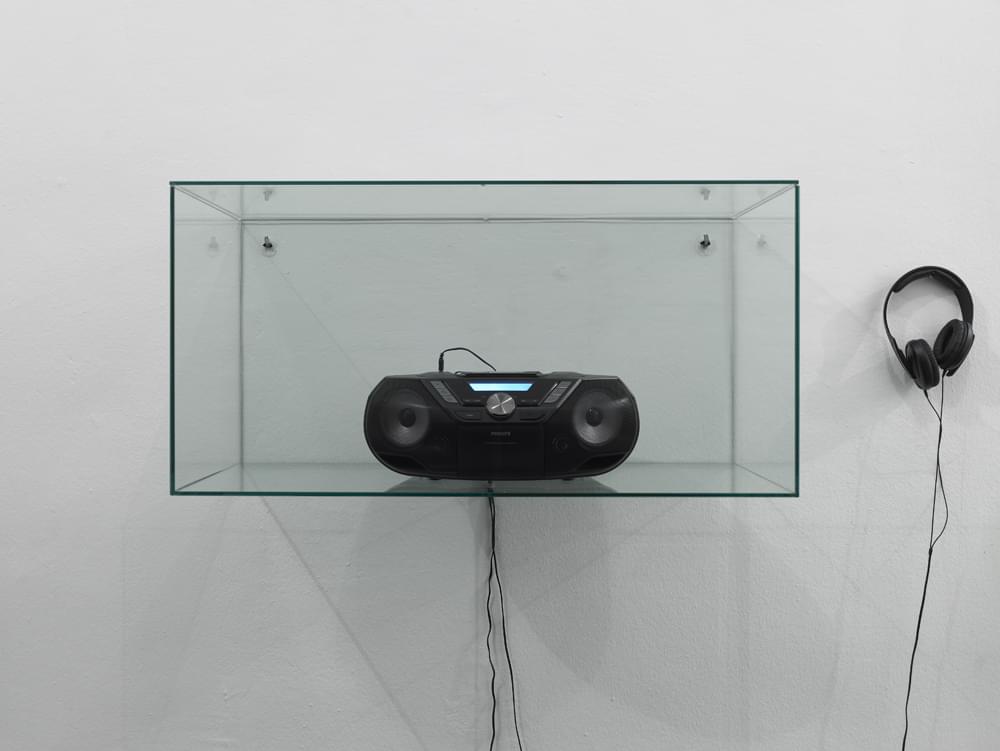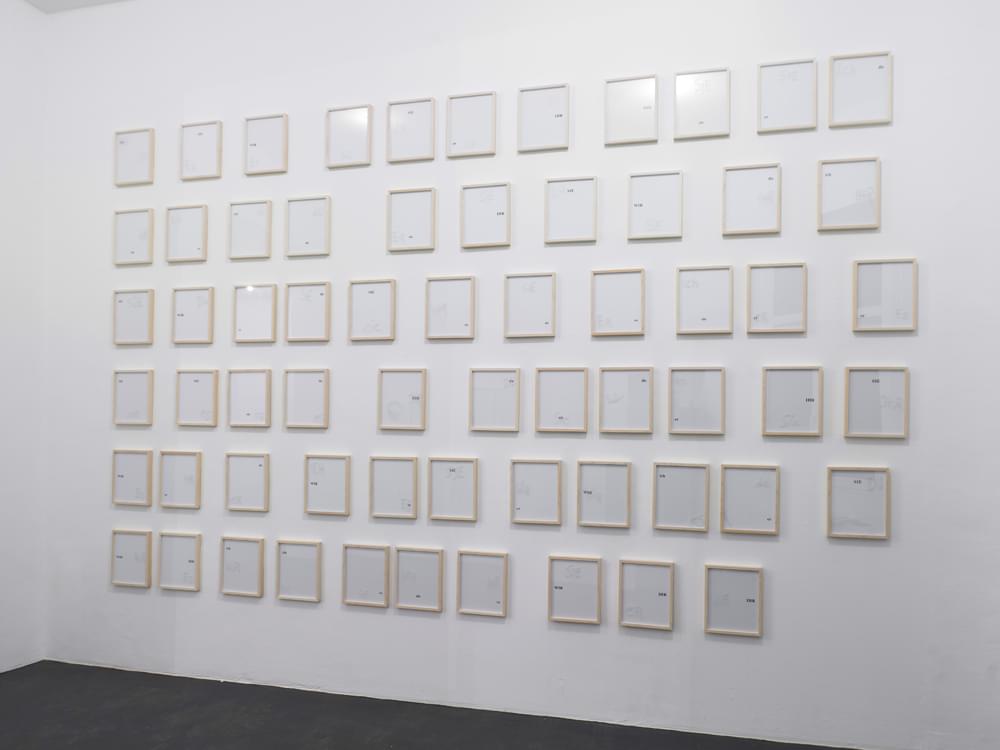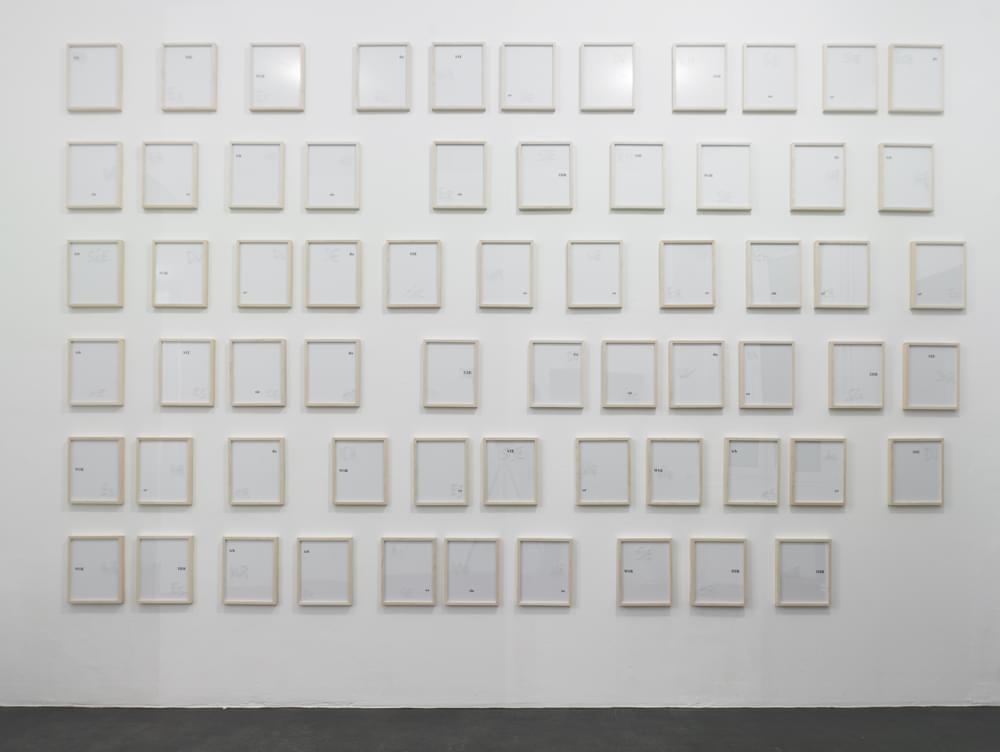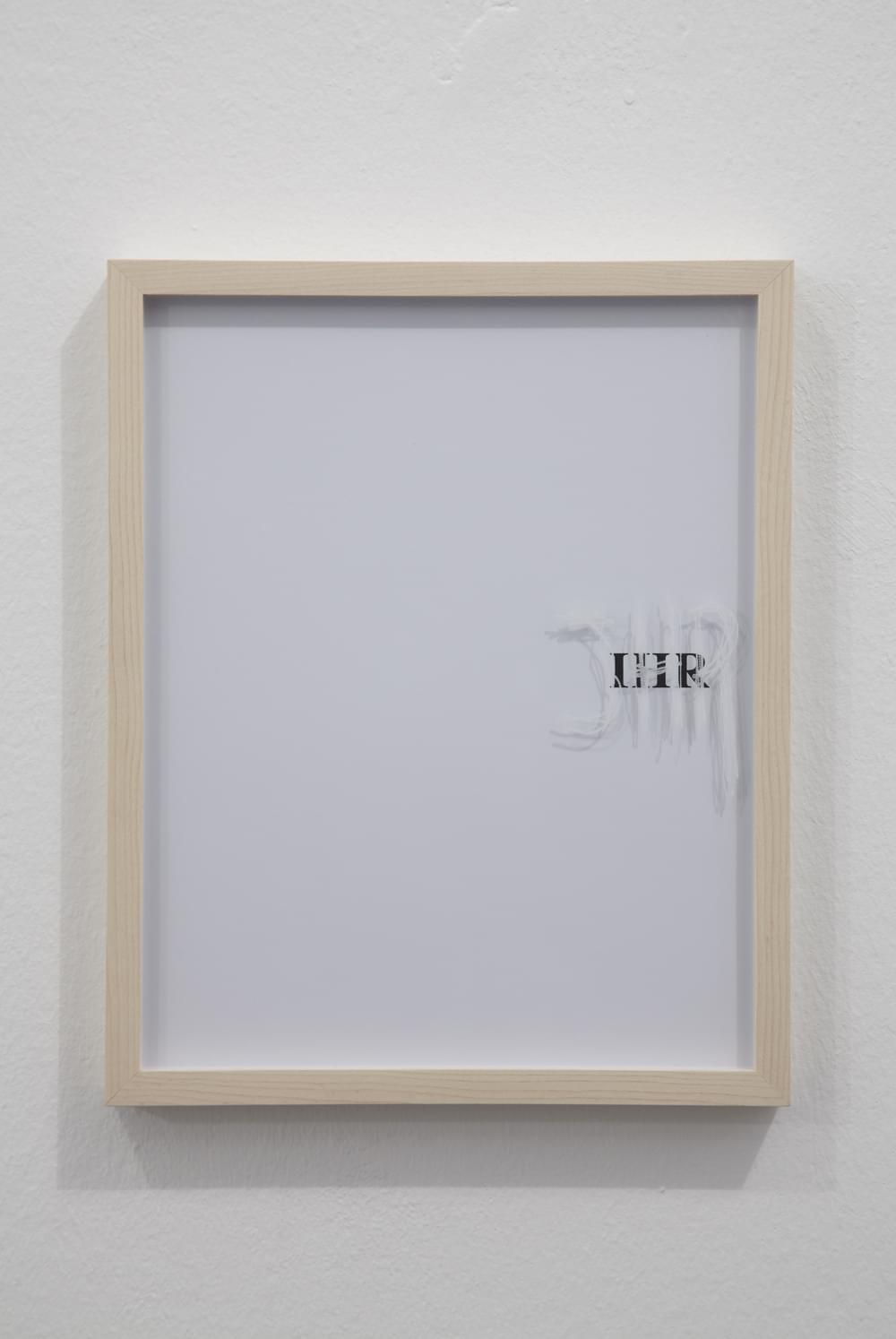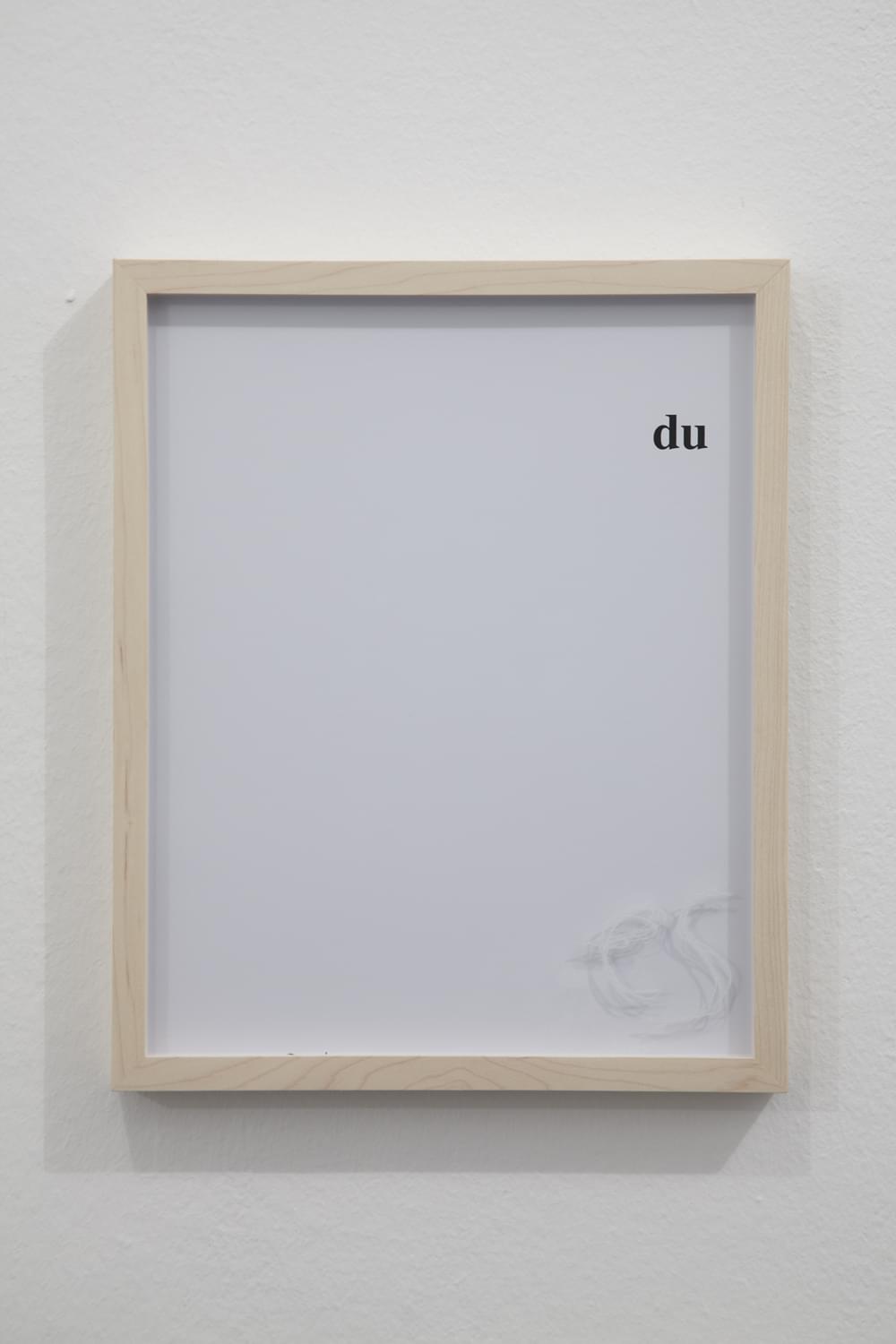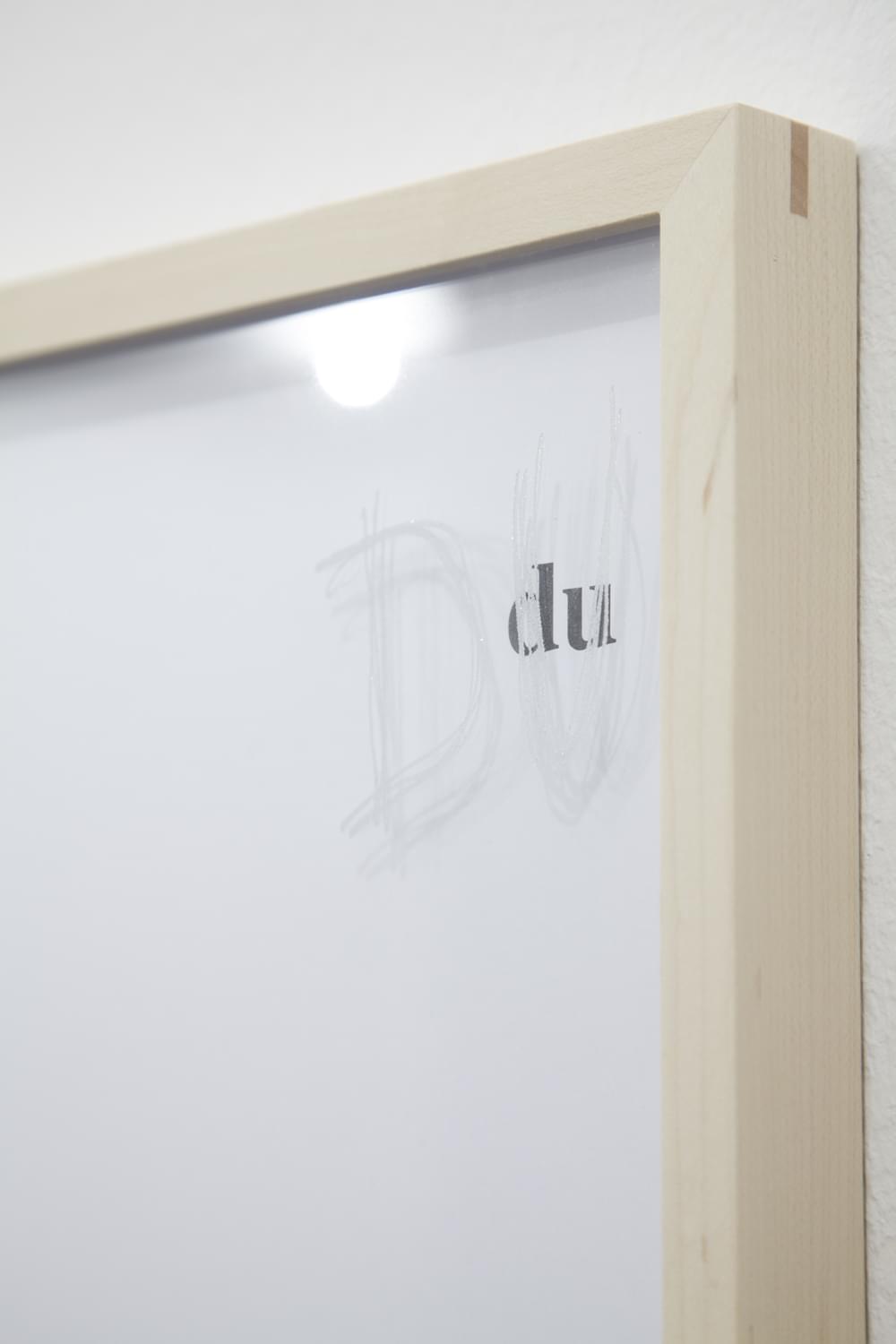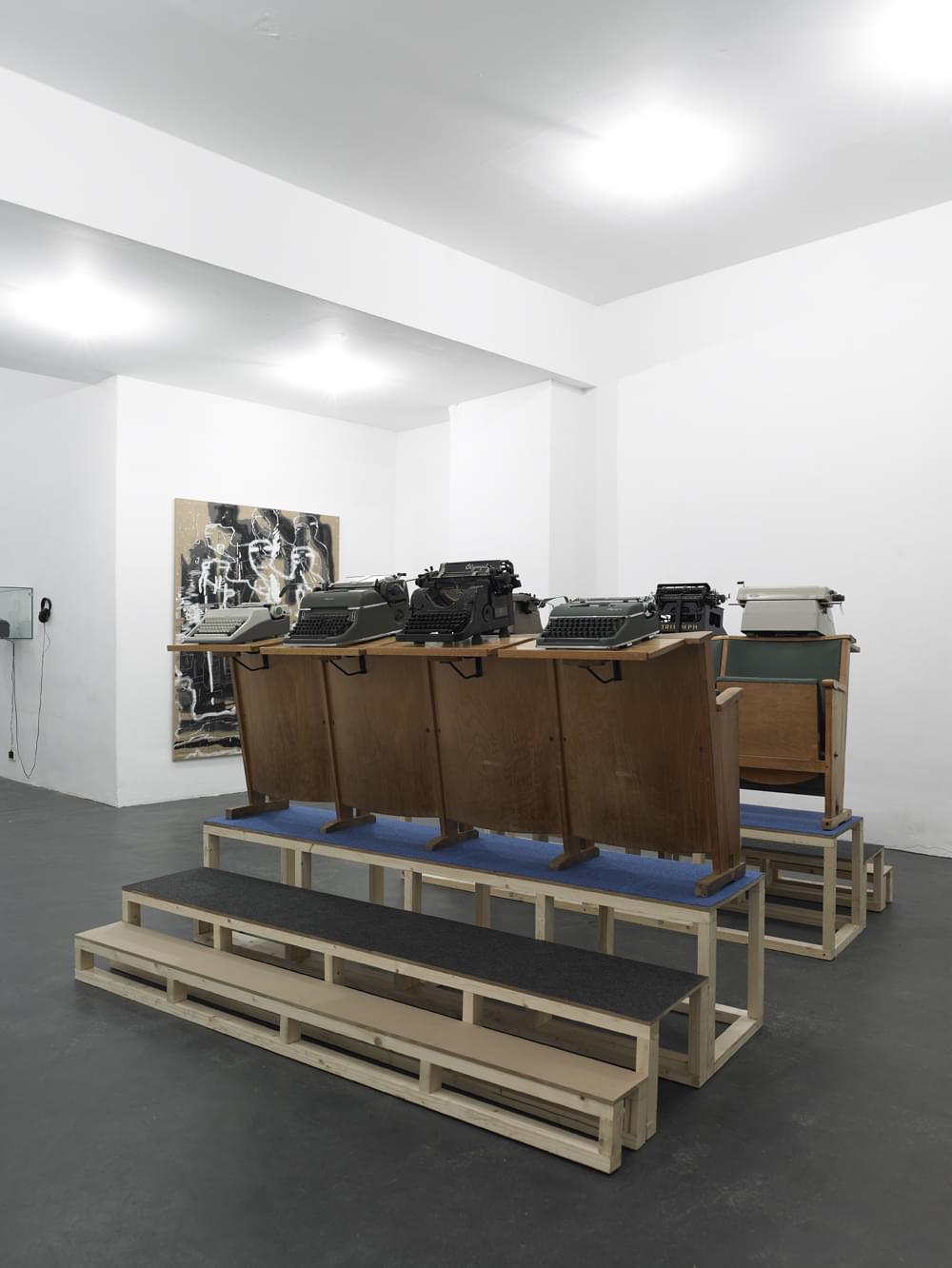
Peggy ButhListeners & Typewriters
Peggy Buth’s artistic approach cannot be pinned down to a specific medium nor to narrowed terms of art; she rather scrutinizes the representational systems of art, literature, politics and sciences in regard to what is displaced or has accidentally emerged within these structures. One of her main focus is to question constructions of cultural meaning and identity. It is characteristic to her work to elaborate intensely on various materials and the combination of different media and forms of expression.
In Listeners & Typewriters Peggy Buth deals in the narrow sense of the word with the sign system of language and signature by examining them for their constitution, charging and deferment of meaning. The works gathered revolve around the linguistic term of ‘shifting’ or rather ‘shifter’ (Roman Jakobson) that is characterized as ‘empty’ by nature and that aligns his meaning to the respective subject, use or context. In this framework Peggy Buth develops a dialogue of works that act autonomously as well as in reference to each other and conflate according to her approach works of photography, installation, painting, sound and text.
The work Listeners & Typewriters serves in this exhibition as eponym but also as starting point. Standing on a plinth – that is divided in two parts and that can be located somewhere in-between stage and podium – two rows of lecture hall chairs face each other carrying old-fashioned typewriters. The choice of brand says it all: Triumph and Olympia. The possibility to record language and to distribute it equals power and influence. However, the evident patina of these recording apparatuses and the frail construction of the pedestal hints to a different interpretation.
In accordance to Listeners & Typewriters stands the work Nominativ that covers a whole wall being therefore similar in form and dimension of the latter but nevertheless seems to be more taken back. 64 image-text-frames with the 8 personal pronouns are installed in a loose form of ‘ragged margin’. To look out for a unifying system is in vain as Peggy Buth has counteracted the conceptual austerity of the work with a form of interference that is typical to her work: she allocated to every pronoun a counterpart etched into the glass of the frame varying in size and typeface. There is no ‘I’ without ‘they’; ‘it’, ‘the Other’ has to be always taken into account as well.
The work Boom! Box (Tropen) faces these written or sculptured words. It is a boom box of younger date that is banned behind the glass of a display case. Muted and deprived of its act as ‘loudspeaking’ the boom box works even better here as a memento of a specific cultural technique that is linked to a clear pronunciation of social injustice and the wish to express/change it. For Peggy Buth the boom box serves as a vehicle for the sound coming through head phones. Despite an ostensibly hightened concentration it is difficult to follow at full length the words of the speaker who hearably fights with understanding and reading out a – for him – foreign language. Yet, the impression of this conflict immediately conveys itself.
The three wall works distributed in the exhibition space function as an associative frame. Two photographs – one raw print pinned directly to the wall like a poster, the other one a small format preciously framed – depict strange, undefined places: stage ambience, pedestal and plinth offer themselves as reference to different settings of (public) speech and address. One can identify a group of figures under layers of diverse material in the large format work group (shifter) that could eventually embody either audience or speaker – according to its reading.
Peggy Buth has conceived the exhibition as ‘open system’: references, codes and hints are consciously selected, yet at the same time they are depicted as mere ‘material’ and hencewith refuse the idea of a definite fixation. It is rather the constant questioning, deferment and renewed appropriation that crystalize as her intended method.
